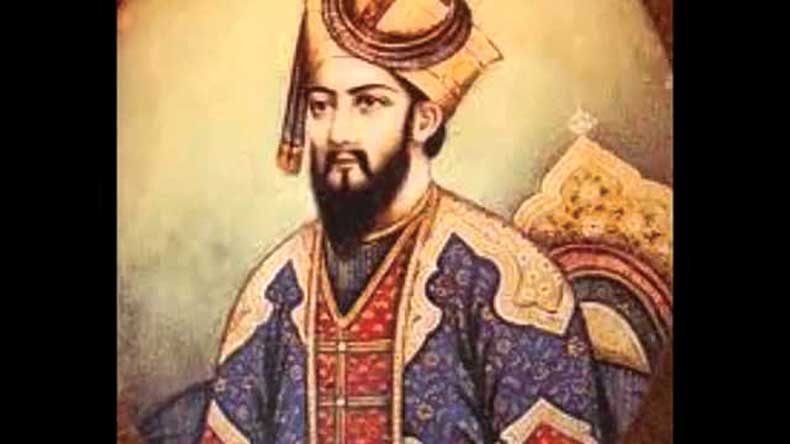Fourteenth-century Delhi Sultan Muhammad bin Tughlaq’s outrageous farmans, orders, are remembered in textbooks. The Sultan’s eventful rule for nearly 26 years, CE 1325-1351, offers important insights on how brutal measures adopted to implement even some very good ideas can get completely discredited. The people rebelled against the despot because of the severity of his actions; and the latter severely punished those who defied his authority—the more the people resisted, the more they were chastised.
At the height of his power, Muhammad Tughlaq presided over a large sub-continental empire. Condemned as somewhat mad or devilish, the charges levelled against him include: the all-knowing Sultan would not listen to any advice, no matter how good and well-meaning; he would not brook any criticism even from people who were not opposed to him; he would not tolerate any opposition and the opponents could be suppressed and removed in most ingenious ways; he had no qualms in killing his own father to capture power, though no judge could have proved the charge; finally, it was his grand ambition that goaded him to go for some outlandish projects which proved to be his undoing, both because he was thinking ahead of his time and trying to emerge as a world-conqueror.
Having subdued the whole of India, the monarch wanted to conquer the Himalayas—the entire mountainous region between India and China. This would enable him to break into Central Asia, conquering Khurasan and going as far as Iran and Iraq. A huge amount of money was spent in mobilising the army, but the project proved to be a damp squib. Hill chiefs who controlled the territories now falling under Himachal and Kashmir, foxed the Delhi army into a veritable death-trap; lakhs of horsemen were deployed, and only a few returned to the capital to break the news of the massacre.
The money for the disastrous campaign was collected through two related measures: implementation of a heavy tax regime and introduction of token currency of brass and copper, instead of the usual gold and silver. Both hard-working agriculturalists and cautious traders were badly hit by the move. A couple of years of poor monsoon further aggravated the crisis, with famine raging and scarcity of food and fodder causing starvation and death. Minting and circulation of a large quantum of fake copper coins also adversely affected trade and commerce, even as the king was mocked as hungry for gold. Waking up to the reality of a dwindling economy, the ruler offered loans and subsidy to hapless peasants and also announced that copper coins, fake or otherwise, could be exchanged with gold and silver tankas, but much damage had already been done. Though China was showing the way, time for paper currency or plastic cards had not come yet.
The failures of these schemes meant widespread unrest. The somewhat neglected southern India demanded special attention, which the king thought could be tackled better from the formidable fort of Devgiri, renamed Daulatabad and announced as new capital. Accordingly, Delhi’s power elite was ordered to be relocated, causing much anxiety and hardship to those affected. Like other schemes, this didn’t work either. Delhi’s power was considerably diminished, even as the despot could not hold on to his control over Tamil country; soon, Kannada and Telugu-speaking regions were usurped by the emerging Vijayanagara empire and north-western Deccan saw the rise of the Bahmani kingdom. By the end of his rule, the Sultan also witnessed revolts in Maharashtra and Gujarat, his last bastions. Meanwhile, Bengal had already gone its own distinct way.
Through all this, Muhammad Tughlaq continued to placate religious leaders, philosophers, foreign dignitaries and hitherto marginalised wannabes, besides seeking testimonials from the Caliph in Egypt. When disgusted, he even contemplated vacating his seat and going on a pilgrimage, but he was not the one to give up easily. Disobedience to the autocrat was interpreted as defiance of the authority of God, which demanded severe chastisement. Therefore, instead of focusing on policy and governance, he applied himself excessively to the business of punishment; none could escape his wrath–treatment ranging from simple beheading to more spectacular skinning and cutting into pieces to make veritable meat-pulao for serving to elephants, who were expected to revolt in disgust, for elephants were supposed to be vegetarians. Eventually, as a reliable courtier reported: in his death, both the ruthless Sultan and the haggard public got rid of each other.

